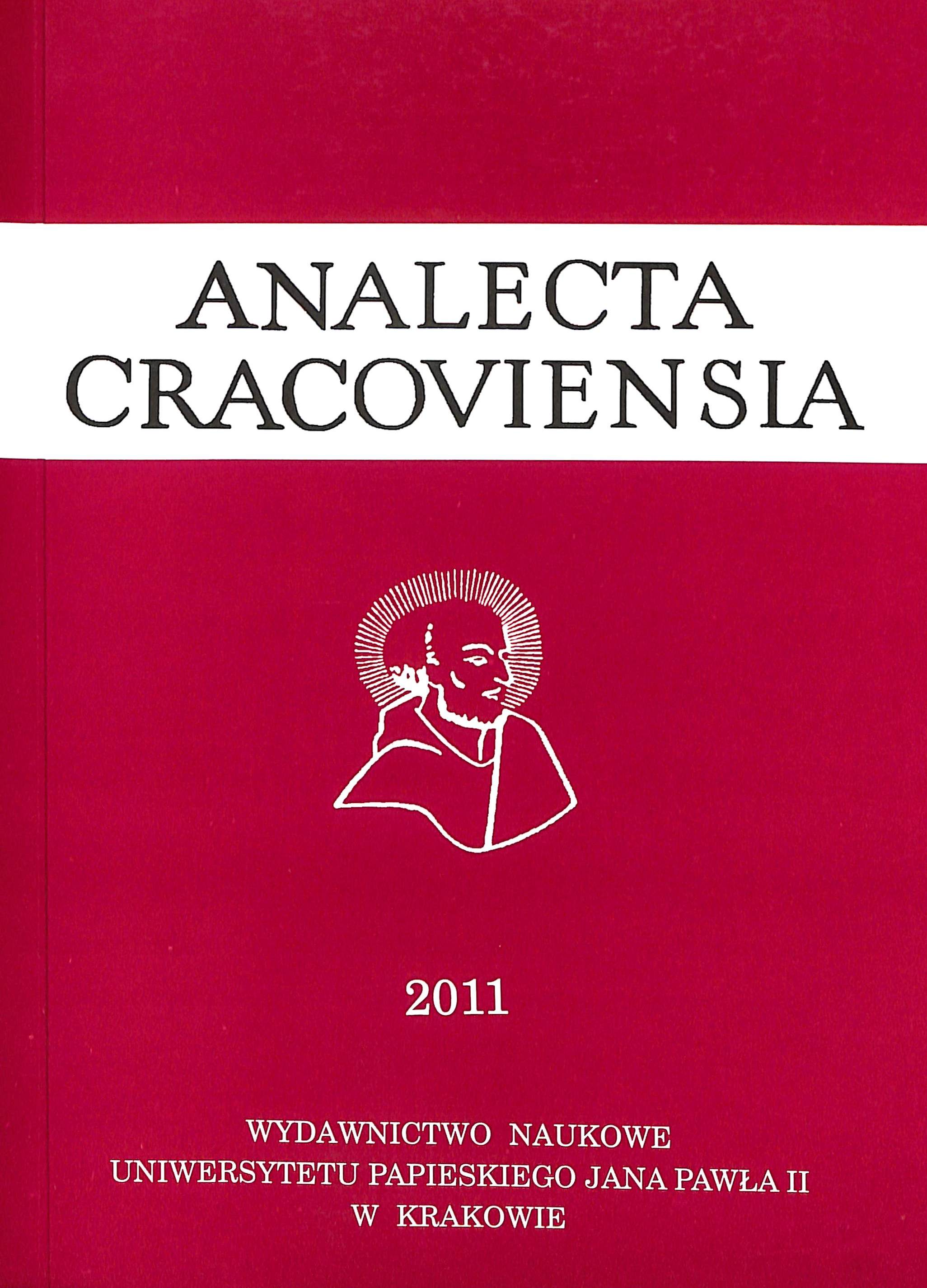In Search of Expression of Faith: Two Complementary Ways in the Central Europe – Art and Mysticism
DOI:
https://doi.org/10.15633/acr.4323Keywords:
mysticism, art, symbolism, Central Europe, expression of faithAbstract
The one of the most important trends of medieval culture was the tension between faith and its expression. This text explains how two parts of the medieval culture – art and mysticism was becoming the manifestation of faith. The picturing legend of saint Hedwig contains the miniature which represents God the Father entrusting Gabriel the mission, God the Father holding Jesus Child and archangel Gabriel announcing to Mary. The descending line, in which these pictures are disposed corresponds with the descending structure of the first sermon from the cycle In laudibusvirginis Mariae of Saint Bernard of Clairvaux. Bothe express the mystery of Incarnation. The retable from Świeżawa represents the Trinity as the Throne o f Grace (Sedesgratiae). In facts it represents God the Father displaying the crucified Christ. Two texts of mysticism converge on the content of this picture. Johannes Marienwerder (Jan of Kwidzyn) describes three ways of God’s cognition: way of reasoning, way of devotion and way of glorification. The prayer of Wladislaus, king of Bohemy and Hungary has also the Trinitarian structure – the praying person mentions the Father as Creator, the Son as savior and The Holy Spirit acting in Baptism. The nailed lamb from the retable quarter of Torun, named Quinitas is the integrating symbol, who connects the persons of picture. He symbolizes the crucified Christ and the Christ present in the Eucharist. The lamb from the mystical vision of Mechtild of Magdeburg holds the similar meaning. The press of wine – the wall painting in the Franciscan cloister in Cracow represents the situation, in which the blood of Christ flows from the basin of press to the mass chalice. It correspond with the theological explanation of eucharistie transformation in the work of Johannes Isner “Expositiomissae” Gertrude of Helfta recognizes the consecrated wine as a manifestation of love of Christ to his bride – Churche. The retable of Brzeg – Vir Dolorum represents the suffering Christ. Mechtild of Magdeburg displays the similar vision of the suffering Savior in her writings.
Downloads
Published
Issue
Section
License
Copyright (c) 2011 Dariusz Tabor

This work is licensed under a Creative Commons Attribution 4.0 International License.
Authors who publish with this journal agree to the following terms:
- Authors retain the copyright and full publishing rights without restrictions, and grant the journal right of first publication with the work simultaneously licensed under a Creative Commons Attribution 4.0 International License that allows others to share the work with an acknowledgement of the work's authorship and initial publication in this journal.
- Authors are able to enter into separate, additional contractual arrangements for the non-exclusive distribution of the journal's published version of the work (e.g., post it to an institutional repository or publish it in a book), with an acknowledgement of its initial publication in this journal.
- Authors are permitted and encouraged to post their work online (e.g., in institutional repositories or on their website) prior to and during the submission process, as it can lead to productive exchanges, as well as earlier and greater citation of published work (See The Effect of Open Access).

